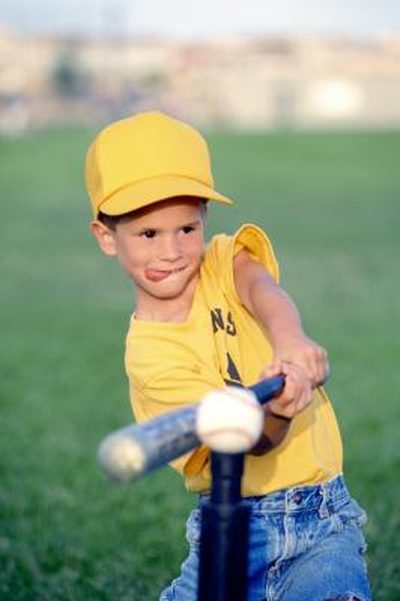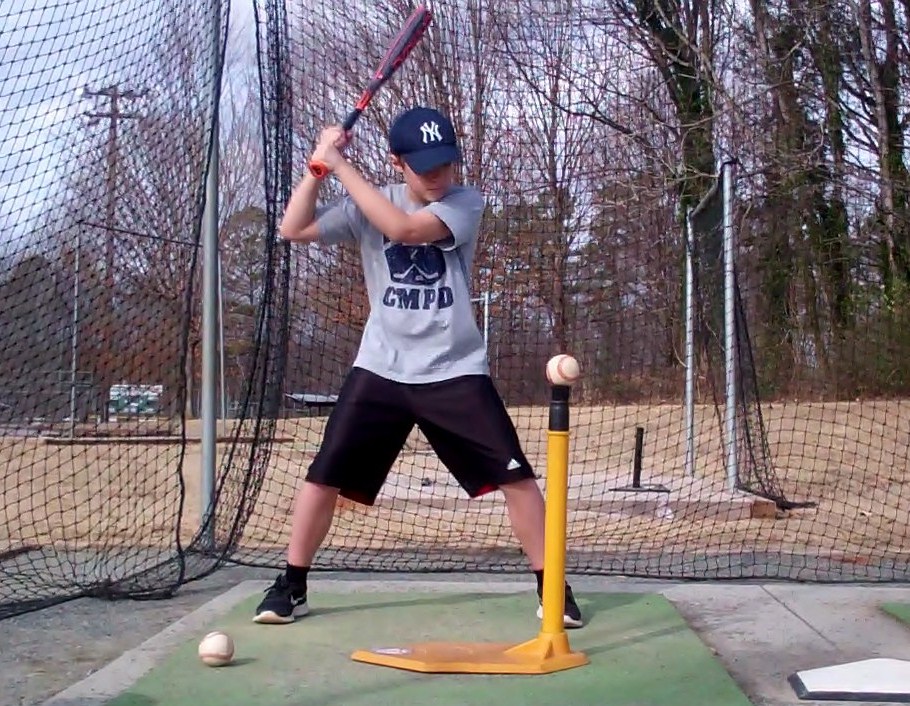T-ball is a popular sport among young children and parents alike – it is fun and safe enough for the child at all time. As a recommended teamwork sport, a player should be coached with the right drills and most importantly, the proper T-ball batting stance.
T ball or Tee ball is a sport developed specifically for children from 4-8 years old. The sport enables children to teamwork with each other while having a good time. Since T-ball involves a number of activities at many positions, they must undergo some drills to get used to them first, especially the T-ball batting stance which can take up some time.
T-ball vs baseball
T-ball is a hybrid of the most basics of baseball and softball. It is designed to give children from 4 to 8 years old the feeling of batting and running in a baseball field while using a soft ball to avoid any serious injuries. The main feature that distinguishes T-ball and baseball is that it involves the child hitting a standing tee, which means that the ball is not for pitching. Other activities remains quite the same while the equipment is minimized for children-size: for instance the bat is smaller and made up of lighter material.
Choosing the right T-ball bat
Players need to pick their best baseball bat size to ensure they are comfortable and precise while swinging the bat. There is no better way to find the right bat by picking them up and test them directly. First let the player standing in the swinging stance holding the bat with his/her hand straight, then wait for about 3 seconds to see if there are any pain/discomfort that reduce the child’s versatile. A T-ball bat should be available at any baseball/sports equipment store.
The T-ball stance
There is a big difference in swinging power between the proper T-ball stance and the others. First off, the children should be coached to stand high and firm in the batter’s box at any time. Their feet must be at a balanced state and shoulders-width apart, with the knees bent down slightly while still keeping the comfortable shape. The player should hold the bat with both knuckles in one line and their elbows relaxed for fast reactions.
The child should concentrate only on the ball: where they are positioned and the fact that they always remain still. Hold the bat in any comfortable spot the child likes and when the time comes, start throwing the hands directly at the ball and remember to drop the bat before running. These preparations should keep the player calm and enable him or her to swing at the ball with precision and power.
Some T-ball drills
A player need to practice at a constant state to keep their minds active and their reactions sharp. There are a number of beginner and intermediate drills designed for children to take but the upmost important T-ball drill is batting practice. Find a local T-ball gym or playground which have a batting cage to practice swinging and aiming at the ball for at least 4-8 hours a week and adjust the period when the batter feels comfortable enough with the T-ball batting stance.
Whether playing in a team or practicing individually, children should have a coach accompanied with them to ensure they are undergoing the drill properly. It is also a good batting drill for a team to split into half and take turns batting before a match or practice. There are a number of different drills, but a player should be focused at all time while pumping up with energy – this will help the child to develop teamwork and strength needed for daily activities and not just T-ball. In addition to the batting drills, players should take up other drills such as chakra test to know and strengthen their own limits, hit-and run drills to enable a calm and immediate reaction to any situation, or running and communicating drills to improve teamwork which can result in happier and more valuable playing time for the child. Whatever the intention is, children should always be equipped with protection gears first-hand so that they are enjoying their playtime in the safest way.




